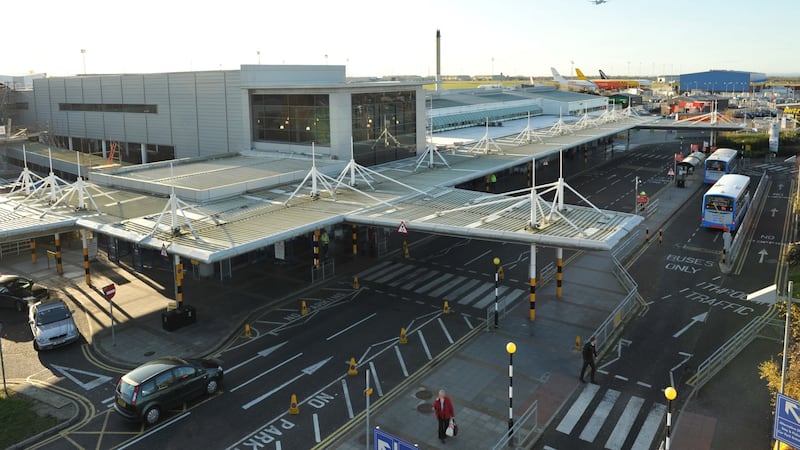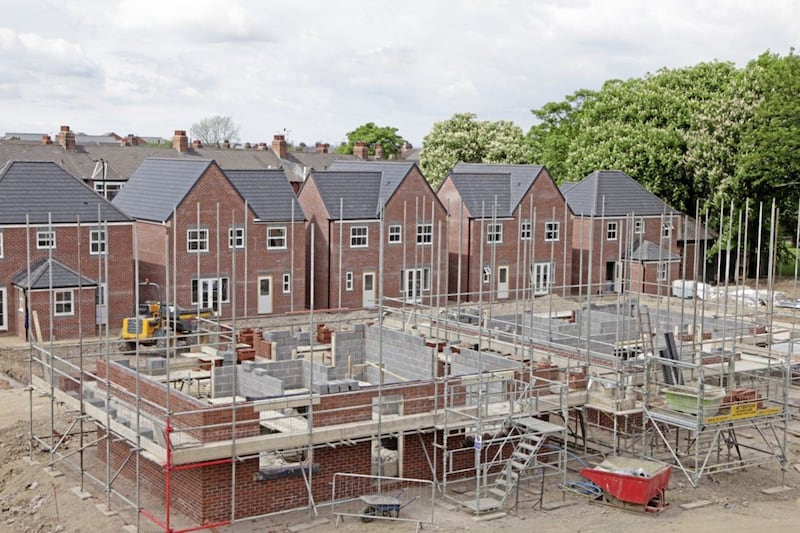Belfast has in many ways been defined by its waterfront. The city thrived in the 18th century as a merchant town, importing goods via the Irish Sea from Great Britain and exporting the produce of the linen trade by ship.
In the 19th century, Belfast became Ireland's leading industrial city, with linen, tobacco, heavy engineering, and shipbuilding dominating the economy. Located at the end of Belfast Lough and at the mouth of the River Lagan, Belfast was an ideal location for the shipbuilding industry, which was obviously dominated by Harland & Wolff which employed up to 35,000 workers and was one of the largest shipbuilders in the world.
Today, Belfast’s waterfront has been regenerated and is something the city can again be proud of. Consisting of the Laganside and Titanic Quarter development areas, it features world class commercial, leisure, residential and tourism facilities, thanks to successful regeneration projects. Where once shipbuilding dominated, Belfast now has a growing base of high tech businesses, benefiting from world-class communications infrastructure, and a flourishing tourism industry, for example.
A recent report for the RICS Research Trust and the Institute of Spatial and Environmental Planning at Queen’s University Belfast sought to examine a number of city waterfront projects, including Belfast’s, with a view to “reviewing the current state of urban waterfront regeneration in the context of neoliberal urbanism and city competitiveness”.
The report presents a positive picture of the waterfront areas reviewed, including Belfast’s Laganside and Titanic Quarter, but it does note that ‘connectivity’ is arguably the Achilles Heel of waterfront developments. The others reviewed were Liverpool, Cardiff, and Dublin.
The report notes that physical connectivity was poor in all of the areas, except Liverpool. The researchers say that whilst Laganside is well connected to Belfast city centre by virtue of its adjacent location, links with Titanic Quarter remain poor. However, despite this, they find that it has not prevented the area becoming popular with tourists.
The regeneration of Belfast’s waterfront really began in earnest by the end of the 1980s, after the decline of shipbuilding and the closure of the Belfast Gasworks led to dereliction in areas closer to Belfast City Centre.
The Laganside Urban Development Corporation (UDC) operated from 1989 until 2007, originally covering 140 hectares fronting the River Lagan but subsequently extended to another 60 hectares of the nearby Gasworks and Cathedral Quarter. Its aim was to regenerate the areas ‘to the stage where private sector development and investment will continue without major public intervention’.
In 2000, the Odyssey Arena Millennium Project opened, providing a large new entertainment function for the Belfast waterfront. The 75-hectare Titanic Quarter development continued the regeneration from 2001.
Titanic Quarter’s vision was to achieve ‘a high profile European waterfront development firmly rooted in the history and character of Belfast, acting as a driver for high quality investment and development in the city’. Phase one - built between 2007 and 2011 - included 475 apartments, offices, a new campus for the Belfast Metropolitan College, a hotel and a new site for the Public Records Office of Northern Ireland. In addition, a Science Park had opened in 2002 to provide office space for small high tech businesses on 10 further hectares.
The highly successful ‘Titanic Belfast’ and the Titanic Slipway public space, both opened in April 2012 have since followed, along with an Urban Sports Academy run as a social economy business, and the Titanic Studios for film and television production. In 2014 planning permission was granted for an extension to the studios, along with new office space next to the College.
In many respects, the regeneration of Belfast’s waterfront should stand as an example of what can be achieved with vision and ambition, turning what was a derelict area, symbolic of industrial decline, into a dynamic, regenerated space, home to new and growing sectors.
I certainly hope that we haven’t seen the high watermark yet, and that the successes to date continue to be built on. Vastly improved connectivity, including with our maritime heritage, is key.
:: Ben Collins is director of the Royal Institution of Chartered Surveyors (RICS) in Northern Ireland, which has 3,000 members employed in the land, property and construction markets and in associated environmental issues








